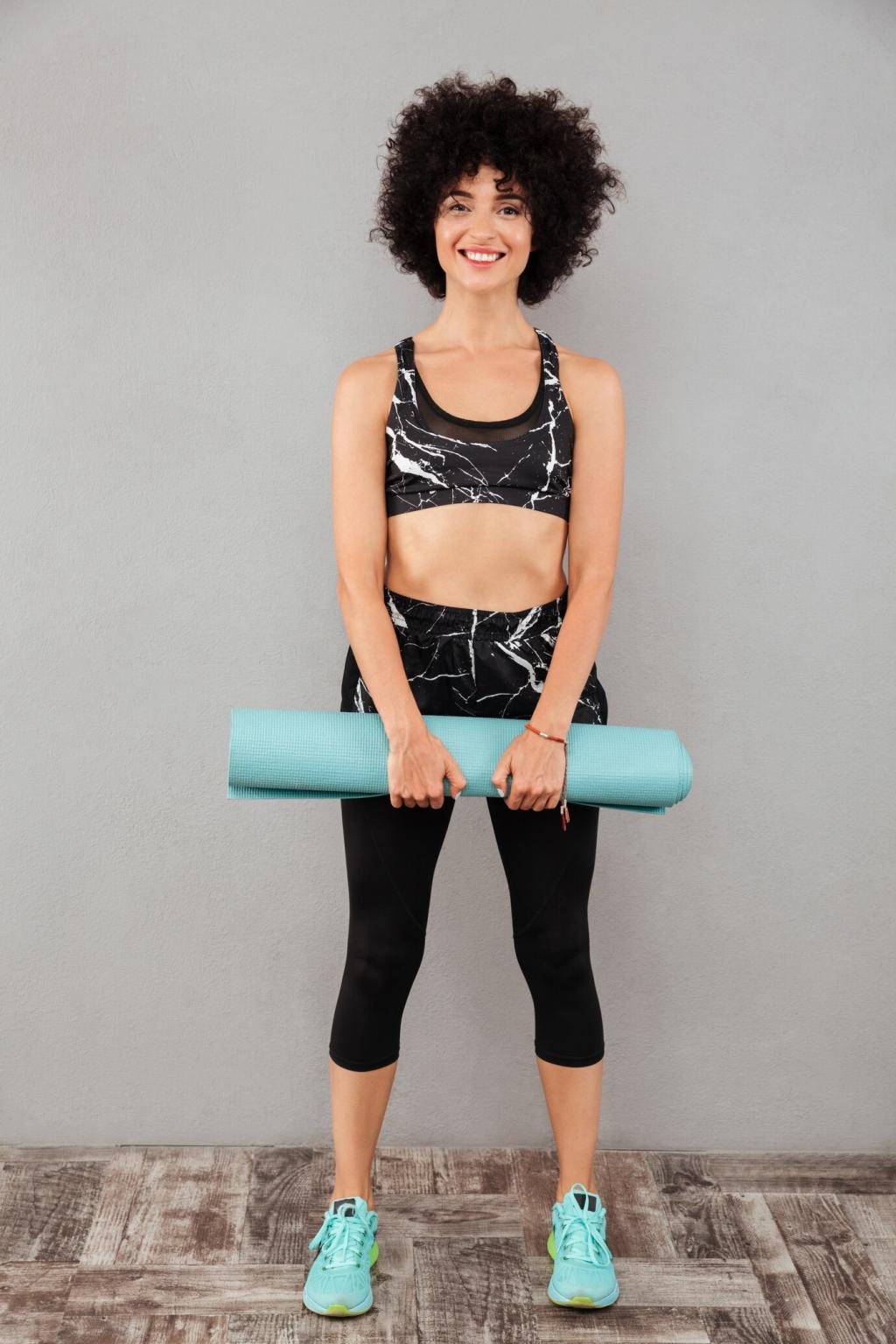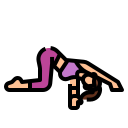Breathe, Reset, Repeat: Yoga for Recovery and Relaxation in Sports
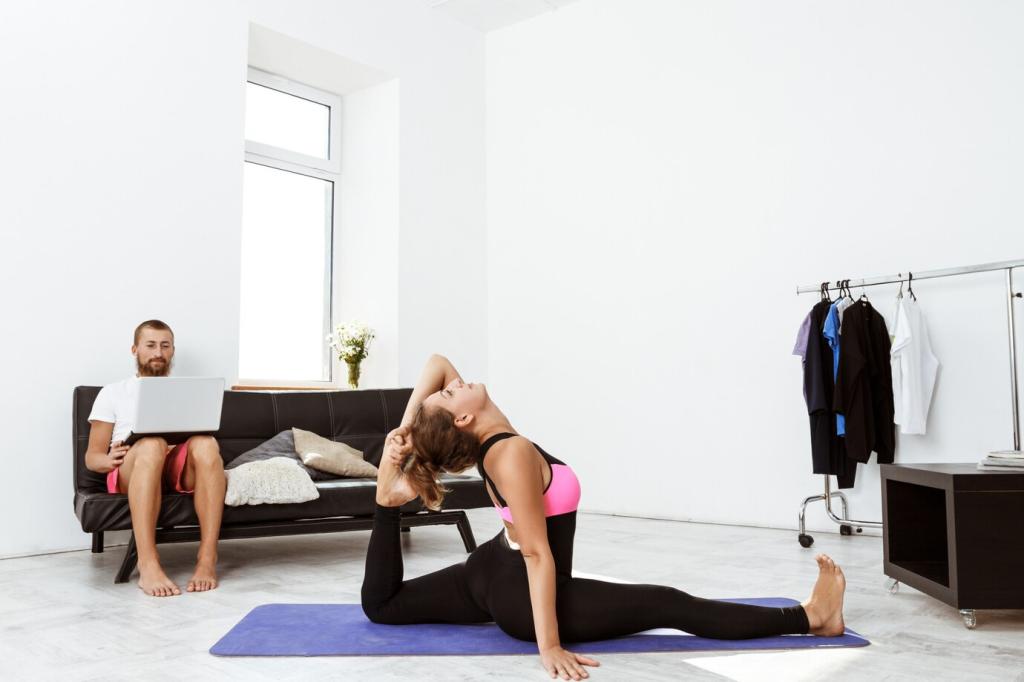
Intense training spikes cortisol and sympathetic drive. Yoga’s slow breathing and supported shapes stimulate the vagus nerve, promoting parasympathetic activity, improved heart-rate variability, and a measurable return to calm. That calm accelerates repair, digestion, and readiness for your next performance.

Studies associate mindful breathing and restorative postures with reduced perceived exertion, improved sleep quality, and better mobility without compromising strength. Athletes report fewer nagging aches and less delayed onset soreness when consistent post-session yoga is integrated two to four times weekly.
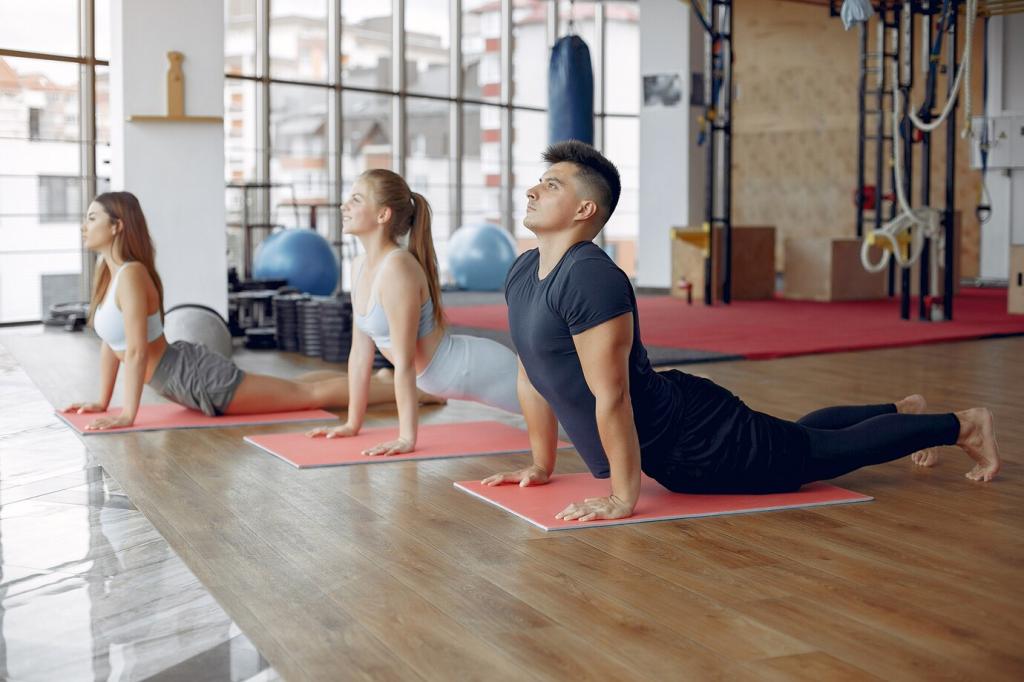
Log range-of-motion changes, morning resting heart rate, and sleep efficiency. Over several weeks, you should notice easier warm-ups, fewer tight hotspots, and steadier energy. Share your numbers in the comments to inspire others and compare methods that worked best for you.
Breathwork for Athletes: Pranayama That Calms and Recharges
Box Breathing Between Sets
Inhale for four, hold for four, exhale for four, hold for four. Repeat for three to five rounds while sitting tall. This technique steadies your heart rate, sharpens focus, and prevents mental spirals after tough intervals or near-failure lifts.
Extended Exhale for Downshifting
Breathe in for four counts and out for six to eight. Longer exhales cue relaxation, telling your body it is safe to soften. Use it post-workout or pre-sleep to reduce restlessness and drift into a deeper, more restorative recovery window.
Nasal Breathing on Easy Days
Keep effort conversational and breathe only through your nose during warm-ups or recovery runs. Nasal breathing tempers intensity, filters air, and maintains calm. Share your experience—did pacing change, and did you finish feeling more refreshed than usual?
Post-Workout Reset: A Gentle Yoga Sequence to Flush Fatigue
Child’s Pose, Thread-the-Needle, Low Lunge with Side Reach, Supine Twist, and Legs-Up-the-Wall for five minutes. Move slowly, breathe softly, and let gravity do the work. Expect less stiffness tomorrow and a calmer mood within ten quiet minutes.

Mobility, Not Mayhem: Safe Flexibility for Sport-Specific Demands
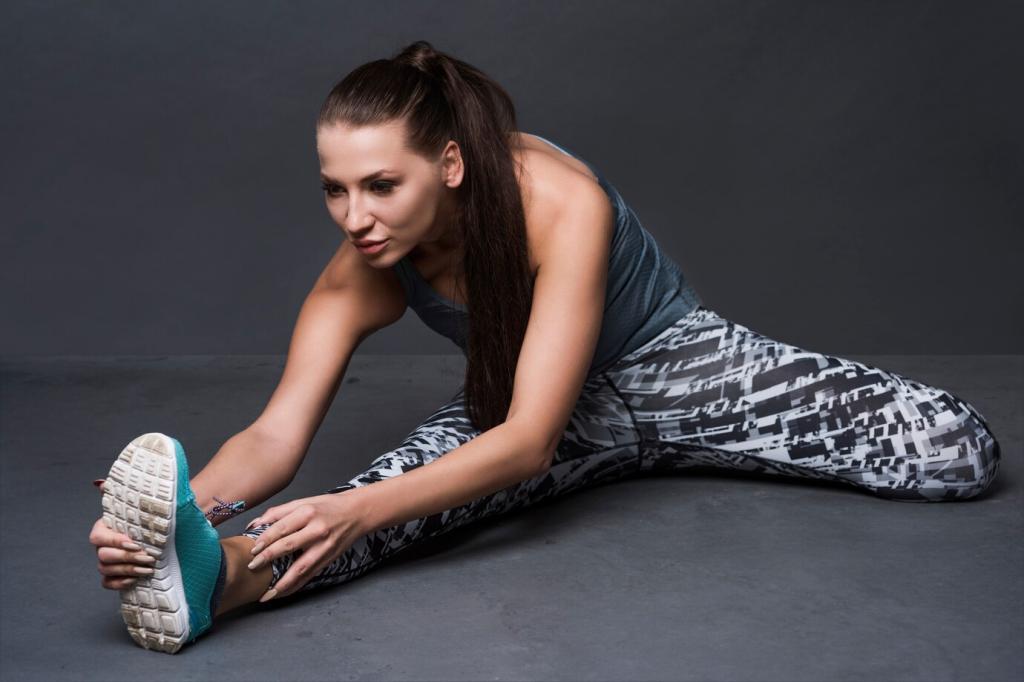
Too little mobility invites compensations; too much can dilute force. Aim for ranges you can control under light load. Pair longer holds on off-days with active mobility on training days. Notice joint comfort, not just length, as your primary success signal.
Mindfulness That Sticks: Managing Competitive Stress with Yoga
Thirty-Second Grounding Before the Whistle
Stand tall, feel your feet, soften your jaw, and inhale through your nose. Exhale slowly and relax your shoulders. Repeat twice while visualizing your best opening action. This tiny ritual steadies nerves without dulling competitive fire or focus.
After a Tough Loss: Recover the Mind
Set a timer for five minutes. Sit, breathe gently, and label thoughts kindly—frustration, disappointment, learnings. No judging, just noticing. Athletes report quicker emotional reset and clearer takeaways for training. Share a lesson you turned into your next personal best.
Micro-Meditations Inside Training
Between intervals, close your eyes for three breaths, soften the tongue, and relax the belly. Notice heartbeats slowing. This micro pause protects technique under fatigue, turning practice into performance. Tell us whether your last set felt smoother or more precise.
Sleep Better, Heal Deeper: Night Routines Powered by Yoga
A Ten-Minute Downshift Flow
Cat–Cow, Supported Forward Fold, Supine Twist, and Savasana with a pillow under knees. Keep lights warm and breathe quietly through your nose. The sequence signals safety, eases muscle tone, and sets the stage for deeper, longer, more consistent sleep cycles.
Simple Yoga Nidra for Athletes
Lie down, scan from toes to scalp, then imagine warmth traveling up the body as breaths lengthen. Picture tomorrow’s training starting energized. Many athletes use this to recover after travel or late games. Share how long it took before you felt drowsy.
Track What Matters and Iterate
Note bedtime, caffeine cut-off, screen dimming, breathwork minutes, and wake quality. Compare weeks with consistent practice to weeks without. If readiness or mood improves, keep going. Post your best habit stack so teammates and readers can test it next.
